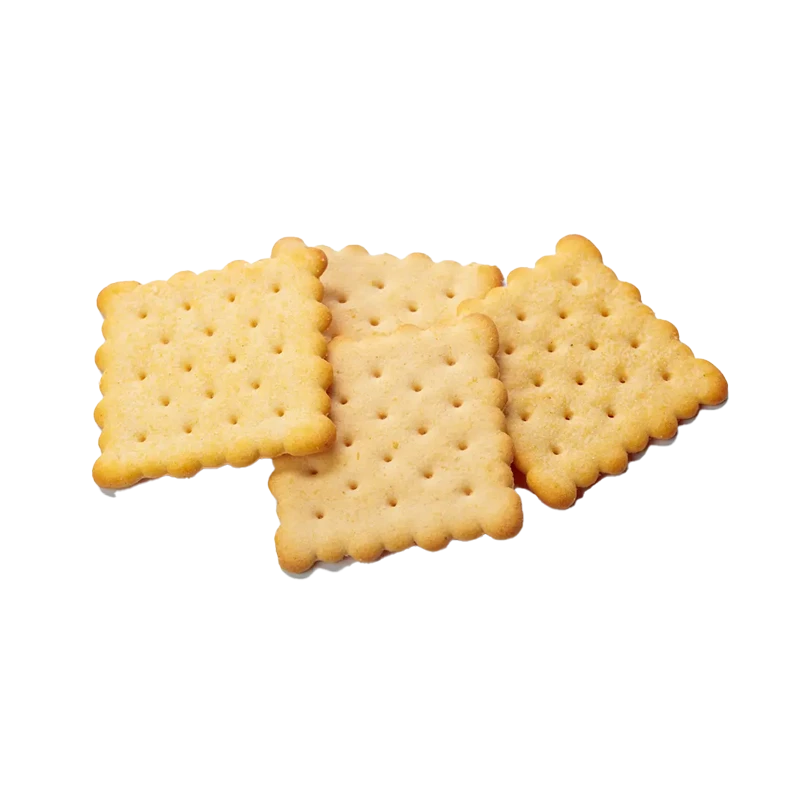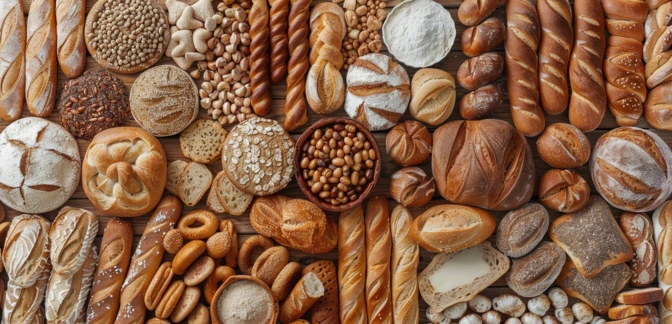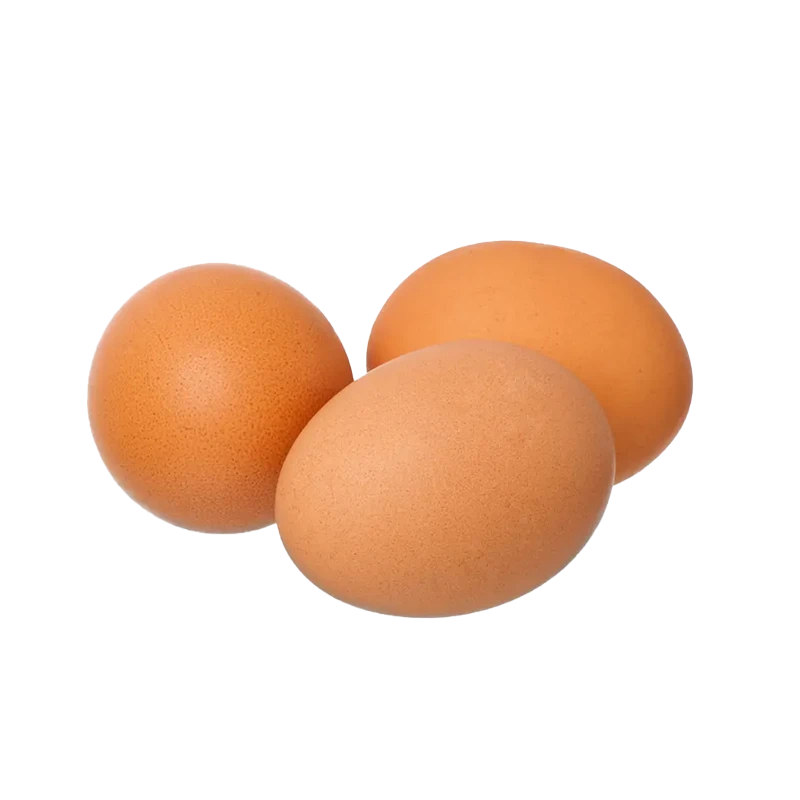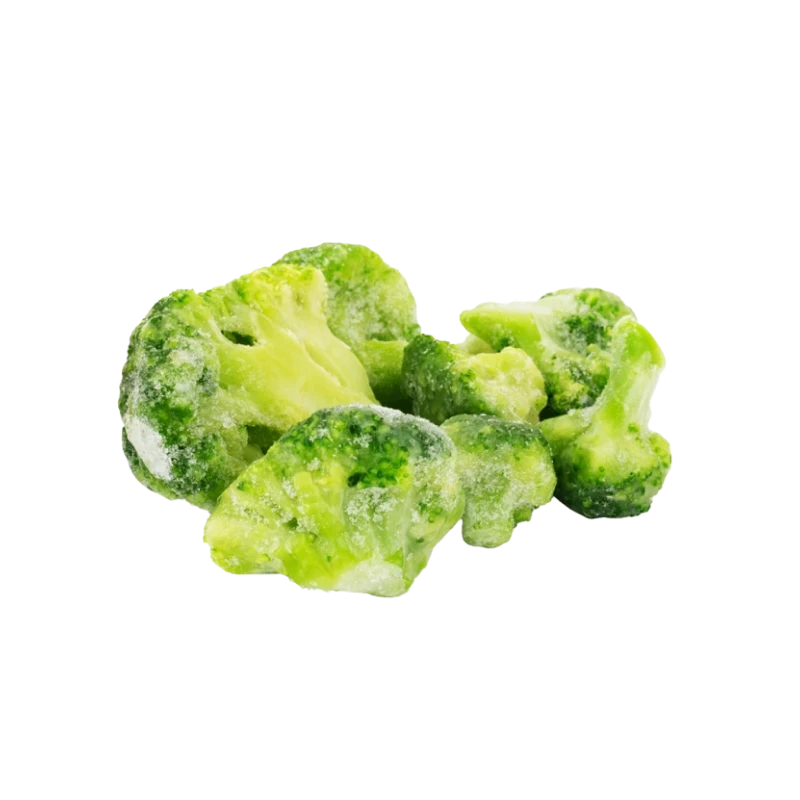Crackers — Nutrients, Health Benefits, and Shopping Tips

Written by Listonic Team
Last update on September 6, 2024
Nutrients
Nutrition facts
Amount per 100 g
Calories
🔥 480 kcal
| Nutrients per: 100 g | Value | % Daily Value* |
|---|---|---|
| Carbs | 67 g | 24.36% |
| Fiber | 3 g | 10.71% |
| Sugars | 7 g | 14% |
| Glycemic Index | 55 | - |
| Protein | 7 g | 14% |
| Sodium | 800 mg | 34.78% |
| Total Fat | 20 | 25.64% |
*The % of Daily Value (DV) tells you how much a nutrient in a serving of food contributes to a daily diet. 2,000 calories a day is used for general nutrition advice.
55
🟢 Low Glycemic Index
Key takeaways
Health benefits
- Provides quick energy from carbohydrates, making them a good snack option for an energy boost.
- Can be a source of fiber if made from whole grains, supporting digestive health and promoting regular bowel movements.
- Low in fat, making them a suitable snack for weight management and heart health.
- Versatile and convenient, offering a quick and easy snack option that can be paired with healthy toppings like cheese, hummus, or vegetables.
- Can be fortified with additional nutrients, such as B vitamins and iron, supporting overall health and well-being.
Health risks
- High sodium content in many commercial varieties, which can contribute to hypertension and increased cardiovascular risks when consumed frequently.
- Low nutrient density particularly in crackers made from refined white flour, lacking essential nutrients and fiber compared to whole grain options.
- High fat content particularly in buttery or cheesy varieties, which can raise cholesterol levels and increase the risk of heart disease.
- Potential for artificial additives such as preservatives, flavorings, or colorings in some commercial crackers, which may cause adverse reactions in sensitive individuals.
How to choose crackers
Select crackers that are evenly baked and free from any burnt edges. They should be crisp and hold up when topped or dipped. Smell the crackers to ensure they do not have a stale or old oil odor.
Do not purchase crackers that are soft or have a chewy texture, as this suggests they have absorbed moisture. Quality crackers should have a light, airy texture and a pleasant taste that can complement a variety of toppings.

How to store crackers
Crackers are best stored in an airtight container at room temperature. Keep them in a cool, dry place to maintain their crunchiness. Properly stored, crackers can last for several weeks.
Exposure to air and humidity can cause crackers to become stale and lose their crispness. Avoid storing them near heat sources. Ensuring the container is tightly sealed helps preserve their texture and flavor.
✅ Extra Tip
How long do they last?
Crackers can last for 6-9 months when stored in an airtight container in a cool, dry place. Once opened, it is best to consume them within 1-2 months for optimal freshness. Proper storage helps maintain their crispiness and flavor.
What to do with leftovers?
Leftover crackers can be used in a variety of creative ways. Crush them and use as a topping for casseroles, where they add a crispy, buttery layer, or mix them into a meatloaf or meatball mixture for added texture. Crackers are also great as a base for breadcrumbs in recipes like breaded chicken or fish.
Use crackers to make a crust for pies or cheesecakes by crushing them and mixing with melted butter, then pressing into a pan. If you have a lot of crackers, consider using them as a topping for macaroni and cheese or mixing them into a stuffing for vegetables. Crackers can also be crumbled and added to soups as a thickening agent or served as a snack with your favorite dips. For a quick appetizer, top crackers with cheese, meats, or spreads and serve as canapés.
👨⚕️️ Medical disclaimer
Discover products from other categories
Listonic Team
Fact-checked
Our editorial team checked this article to make sure it was accurate at the time of publishing it.
Get the top-rated shopping list app







